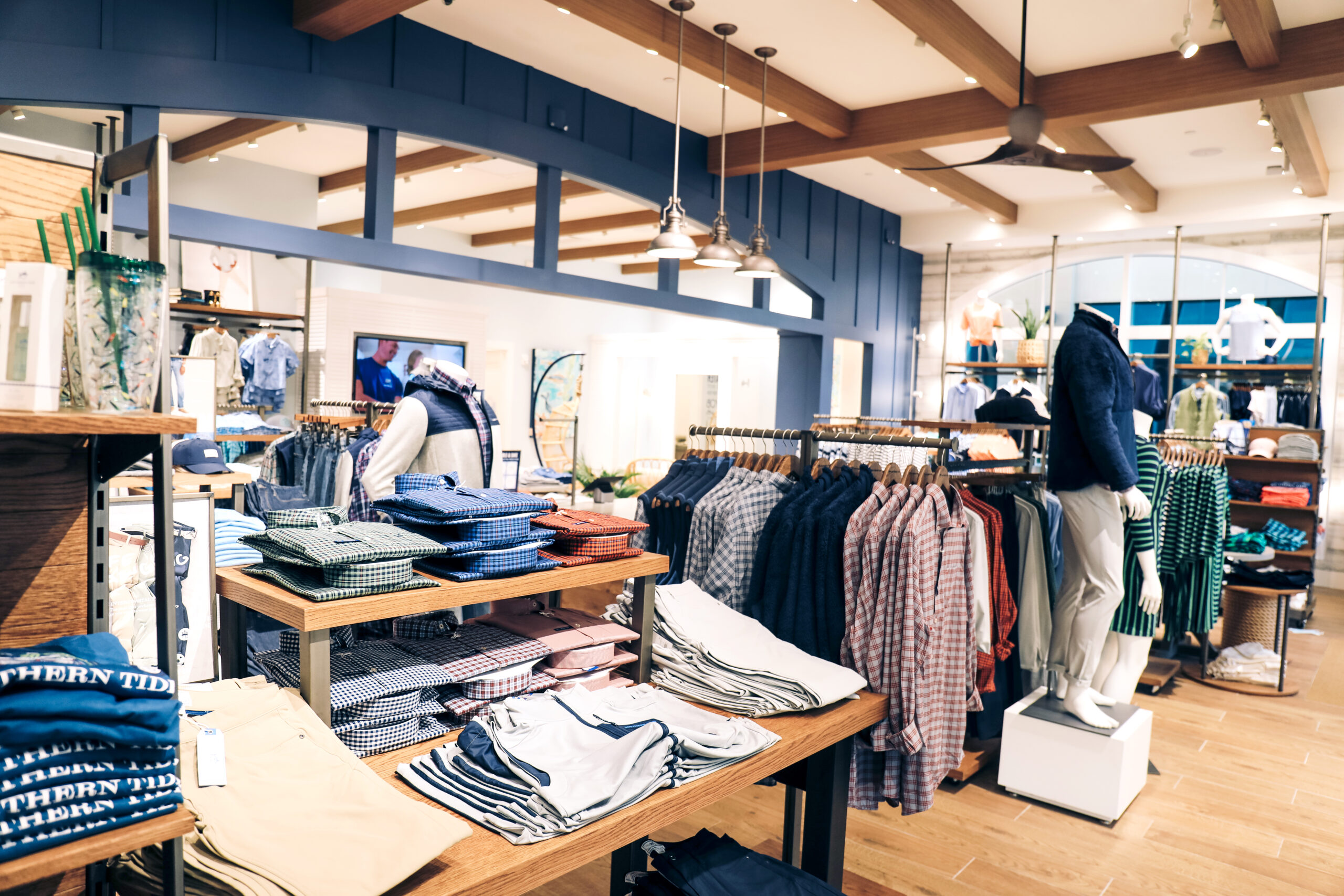It’s the most wonderful time of the year and retailers are gearing up for the biggest, most exciting holiday season. Granted companies are losing an entire week on holiday shopping, thanks to Thanksgiving landing six days later, it hasn’t stopped them from early preparations. So how will such a short season create a strong holiday revenue for retailers?
Despite market pressures with US and China being at trade war and retail competition being tougher than ever, Deloitte forecasted that holiday shopping will amount to more than $1.1 trillion from November to January. Though most sales continue to happen at physical retail locations, the biggest sales growth will occur online. That could mean retailers can potentially bring in between $144 billion in-store and $149 billion from online shopping.
However, for retailers to be part of the $1.1 trillion revenue gain, they must develop engaging campaigns earlier in the season through creative collaborations, limited inventory promotions and special product drops. Shoppers are no longer waiting for Black Friday or Cyber Monday for special deals and promotions. In fact, past consumer shopping trends have shown that about 22% of revenue growth occurred on the Tuesday and Wednesday before Thanksgiving and 50% of shopping was completed the Friday after Cyber Week.
With the economy still growing at a slower rate and the US hitting near record-low unemployment rates, people are more likely to get into the spirit of holiday shopping this year. In fact, stores who utilize the buy online, pick up in-store tool will enable shoppers to purchase well after December 14 (retailers’ ground shipping deadline). Companies who use this tool will see a 28% higher revenue compared to other retailers who don’t provide this experience. The digital tool is also expected to show more activity five days before December 25 for those late last-minute shoppers.
Today, shopping not only occurs through a physical retail location or a website, but also through messaging platforms, social media and channels that don’t belong to brand and retail properties. The edge of shopping has grown drastically, and consumers are now buying through eight to ten different channels that provide them not only a great deal, but an experience. Email marketing has made consumers 68% more alert on what special offerings are happening.
Recent studies show that about 84% Gen Z’s will still rely on their mobile devices for research, reviews, price comparisons and insights before making any holiday purchases. For majority of shoppers, holiday shopping isn’t about choosing between in-store and online, but more of wanting that extra special and enhanced experience. They want their in-store purchases to be validated by what they read online about the actual product. Although social media is still relatively small for purchases, it’ll only continue to grow throughout the years.
Where deals and relevancy flow, shoppers will go during the holidays. Retailers can maintain their margins and go above and beyond with personalization. With artificial intelligence on the rise, buyers will be able to engage more adequately in-stores regarding product recommendations and information. Personalization is key for a win-win situation. AI not only provides security and information in stores, but it can place the right product at the right time via mobile devices. Regardless whether online or in-store, strategic retailers must pay close attention to the demands of their holiday consumers and provide them with what they want.




